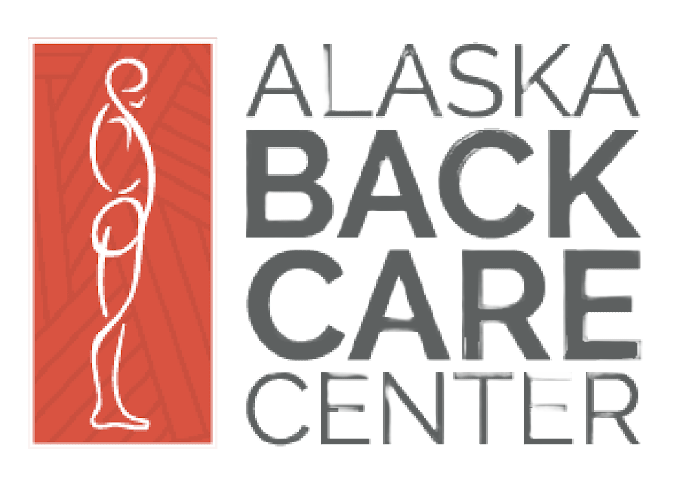SALE
SALE

At Alaska Back Care Center, we excel in whiplash therapy, backed by our top-tier standards. Led by Dr. Barry Matthisen, a whiplash specialist, we address a range of neck injuries stemming from various accidents, such as car crashes. Our expertise spans from minor strains to severe injuries, including surgical cases (grade 1 to grade 5). Dr. Matthisen's extensive involvement with the Spine Research Institute of San Diego since 2002 keeps us at the forefront of whiplash research, benefitting our patients and legal proceedings.
WHIPLASH & AUTO INJURY
If you were in a car accident recently and are currently experiencing shoulder and neck pain, there is a good chance you have sustained a whiplash injury. Even after a minor accident, whiplash is common and may become a chronic injury if it is not properly and quickly treated.
At Alaska Back Care Center, Dr. Barry Matthisen is skilled and experienced in treating whiplash injuries. He can help to relieve your pain and restore your full range of motion. For more information on treating whiplash, give our office a call today at (907) 349-4212 or contact us to request an appointment.

Anchorage Whiplash Injury Treatment
Severe forms of whiplash occur whenever the head is raised over the upper cervical spine. A strain or sprain is created by the lifting action in the area right under the skill, which is where a person will normally experience whiplash symptoms. Whiplash often can result in pinched nerves and herniated discs, which may cause other pain symptoms following a car crash. However, symptoms might also be present in other parts of the neck. When a whiplash injury is suffered, turning your head, looking up, looking down, and laterally bending will often increase your discomfort level and pain.

How Does Whiplash Occur?
Two of the more common symptoms that a person with whiplash experiences are neck stiffness and pain. A headache on the base of a person’s skull is present in over two-thirds of patients who have been diagnosed with whiplash. The headache might be bilateral (both sides) or unilateral (one side only) The pain can also extend to the low back, upper back, upper chest, arms, and shoulders.
Whiplash symptoms from a rear-end collision vary from one individual to the next. Some of the more common whiplash signs are whiplash lower back pain at times, whiplash sore throat, muscle spasms, sore neck muscles, neck pain, and headaches. Also, there are some patients who experience low back pain that is caused by the accident. If you are experiencing any of the symptoms and were involved in a car accident recently, it is strongly recommended that you come to our accident clinic in Anchorage so that a medical professional of ours can evaluate you.




